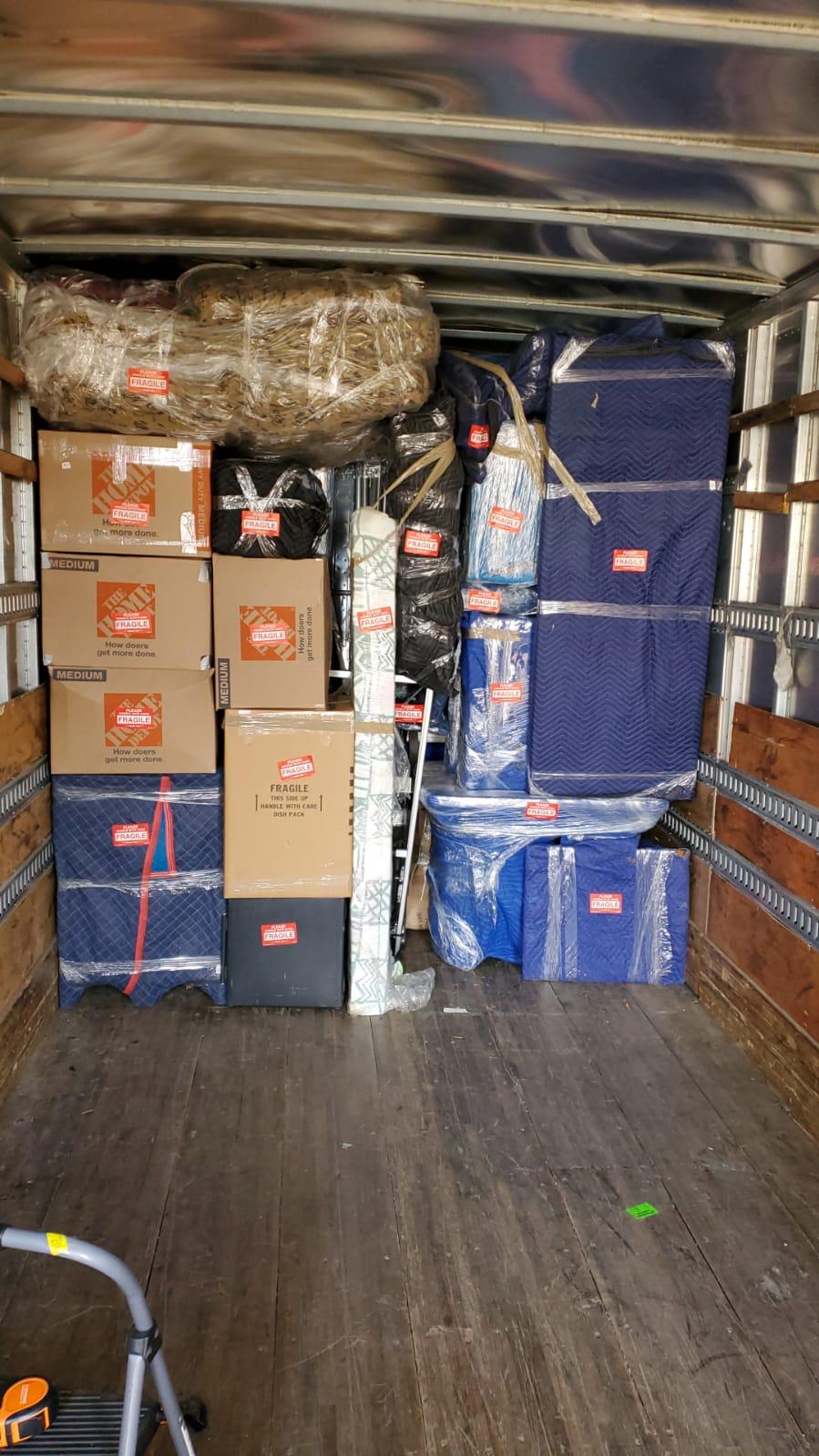Moving to a new home is an exciting adventure, but it can also be a costly endeavor. From hiring movers to purchasing packing supplies and renting a truck, the expenses can quickly add up. However, with careful planning and strategic decision-making, it’s possible to move on a budget without sacrificing quality or convenience. In this blog post, we’ll share practical tips and cost-saving strategies to help you make the most of your moving budget and keep expenses in check.
Declutter Before You Move:
Before packing up your belongings, take the time to declutter and purge items you no longer need or use. Donate or sell gently used clothing, furniture, and household items to lighten your load and reduce moving expenses. The less you have to move, the less you’ll spend on packing supplies and transportation.
Plan Your Move in Advance:
Planning ahead is key to saving money on your move. Research moving companies, compare quotes, and book services well in advance to secure the best rates. Moving during off-peak times, such as weekdays or during the winter months, can also result in lower prices.
DIY Packing:
Packing up your belongings yourself is one of the most effective ways to save money on your move. Purchase affordable packing supplies such as cardboard boxes, packing paper, and bubble wrap from local retailers or online suppliers. Look for free or low-cost packing materials from sources like grocery stores, liquor stores, or recycling centers.
Compare Moving Truck Rental Options:
If you’re renting a moving truck, compare prices from multiple rental companies to find the best deal. Look for discounts, promotions, and special offers, and consider factors such as mileage limits, fuel efficiency, and insurance coverage when making your decision. Booking early and being flexible with your rental dates can also result in lower rates.
Maximize Space Efficiency:
Make the most of the space in your moving truck or vehicle by packing strategically. Use furniture blankets or towels to protect fragile items and fill empty spaces to prevent shifting during transit. Disassemble bulky furniture and remove legs from tables to save space and minimize the number of trips required.
Conclusion:
Moving on a budget requires careful planning, resourcefulness, and creativity, but it’s entirely achievable with the right approach. By implementing these cost-saving strategies and being proactive in your planning, you can minimize expenses and make your move more affordable without compromising on quality or convenience. With a bit of effort and ingenuity, you can successfully navigate your move while staying within your budgetary constraints.




